Battery Energy Storage Systems (BESS)
BESS come in many different shapes and sizes – depending on the original equipment manufacturer (OEM) and the specifics of the market segment they wish to target.
The offerings from different OEMs often overlap between market segments and specific applications, as Bushveld Energy’s project development role is to identify the suitability of these various technologies to the client’s needs.
Bushveld Energy's BESS offerings include:
- Hybrid Mini-Grid Systems
- Standalone Solutions
- Bespoke Solutions
Hybrid Mini-Grid Systems
A hybrid mini-grid system comprises of several different sources of energy supply, such as wind or solar, plus diesel back up, plus possibly grid supply or any other energy resource coupled to a battery energy storage system (BESS) – providing a consumer with a full energy solution.
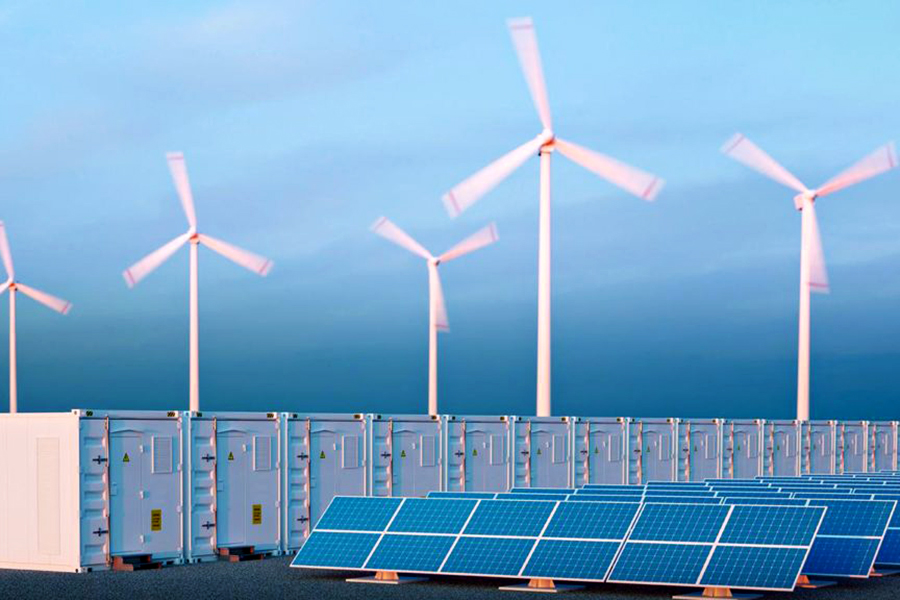
Use cases are identified and stacked to provide a highly customisable system capable of solving multiple power problems and supplying power to the end user at market leading tariff structures.
These BESS systems are generally containerised systems built up from modular systems, typically with a 500 kW / 2 MWh basic layout.
One of the major advantages of containerised BESS systems is their flexibility in terms of decoupling the power and energy modules. These systems can be adapted to provide four, six, eight or even more hours of energy storage, at the rated nominal power output.
Several containerised systems can be built up to make a larger system, with a typical economic unit being larger than 1 MW / 4 MWh. These larger building blocks can then be multiplied as many times as the client needs.
This is particularly useful when clients wish to gradually expand their energy storage facilities, as these larger building blocks do not have to necessarily be added at the same time or location.
Hybrid mini-grids can apply from small household applications with rooftop solar, and pay-as-you-go grid supply and energy storage, through to huge hundred megawatt solar plants associated with remote location mines and industrial plants.
Commercial & Industrial
Many industrial plants and shopping centres are plagued by unreliable energy supplies and are unable to operate when the national grid is not available.
These applications can benefit by installing their own source of energy and create significant financial savings by supplying their own power.
Shopping centre rooftop or carport solar systems can be connected to energy storage systems that allow the centre to run through power outages, while paying less per kWh for their energy.
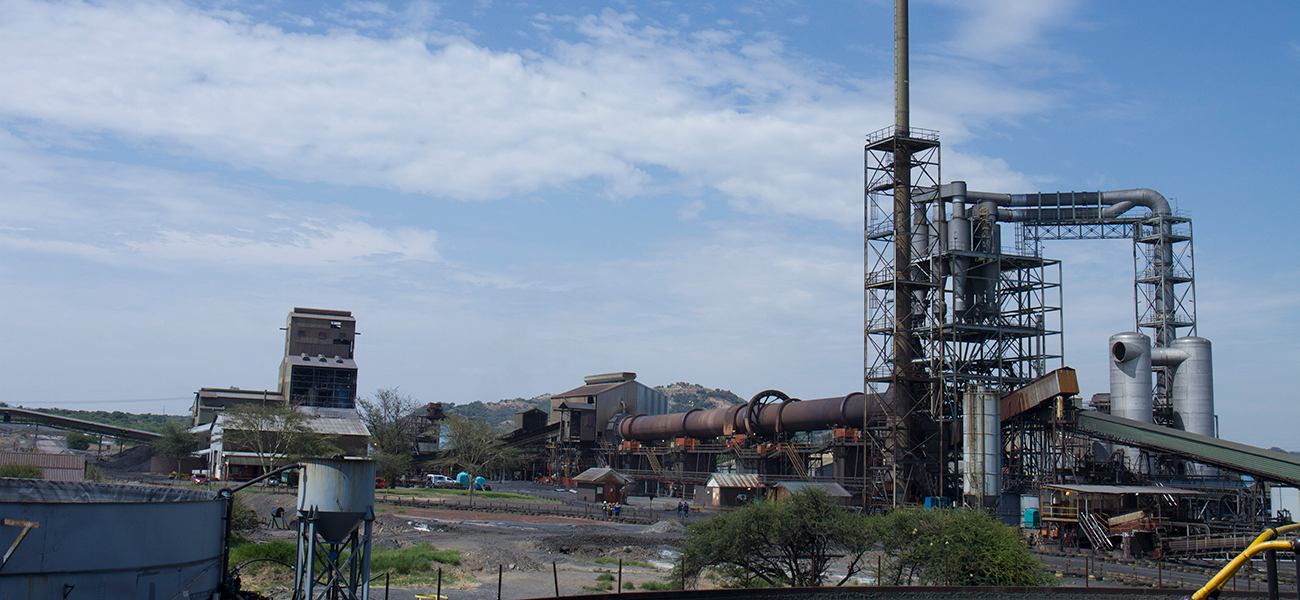
In addition, owners can take advantage of low priced energy during off-peak periods to charge their storage devices and use this energy during peak periods – thereby enhancing their energy cost savings.
Similarly, industrial users can take advantage of the same benefits, as well as avoiding power dips and improving their power factors by installing a hybrid mini-grid.
Mines
Mining plants that are off-grid, or at the end of vulnerable utility supplies are particularly suited to the development of hybrid mini-grids.
The economic benefits of using a reliable renewable resource, such as solar and energy storage, rather than expensive diesel generation are huge.
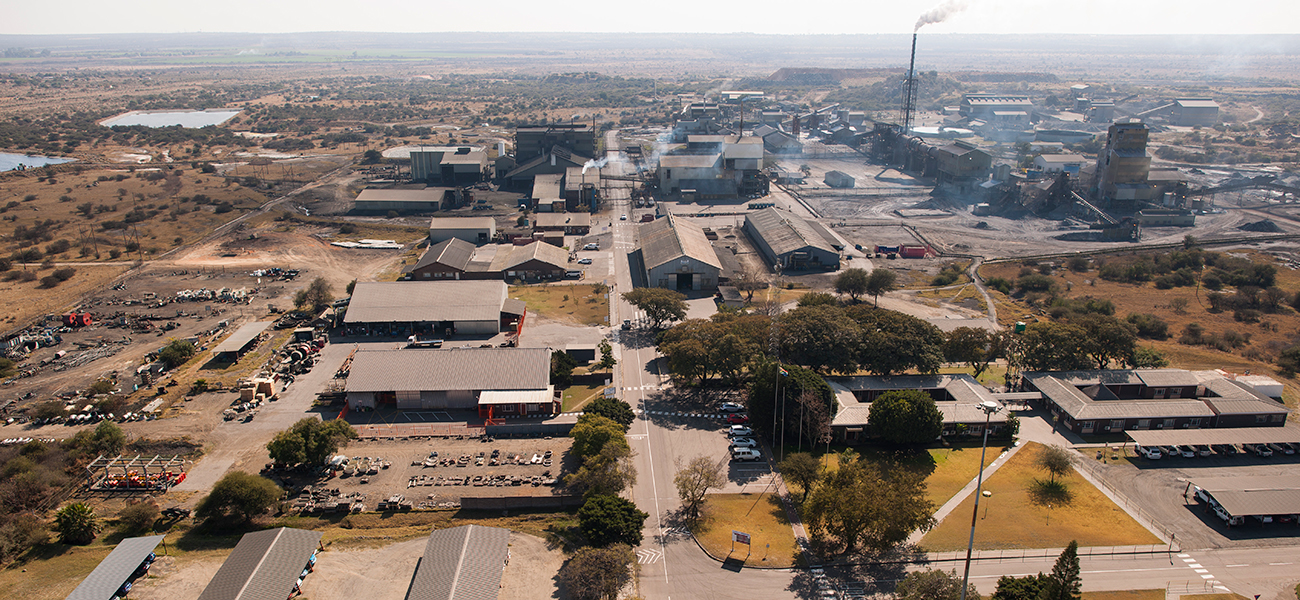
Mines with unreliable power sources, often located in tropical African areas, with good solar regimes, run the risk of stoppages on a continuous basis.
Usually power supplies to such mines, even from the national grid, are expensive – both in development costs and power purchase rates, and the introduction of a partial, or total, hybrid mini-grid, can provide significant savings in the cost and reliability of energy for the mine.
Standalone Solutions
When reliability of supply is a problem, or when time-of-use tariffs are prohibitively expensive, Standalone energy storage solutions can provide the answers.
Standalone BESS are connected to the grid and generally charge from cheap off-peak electricity and discharge into the customer’s internal network, or the utility’s grid at times of expensive peak power supply.
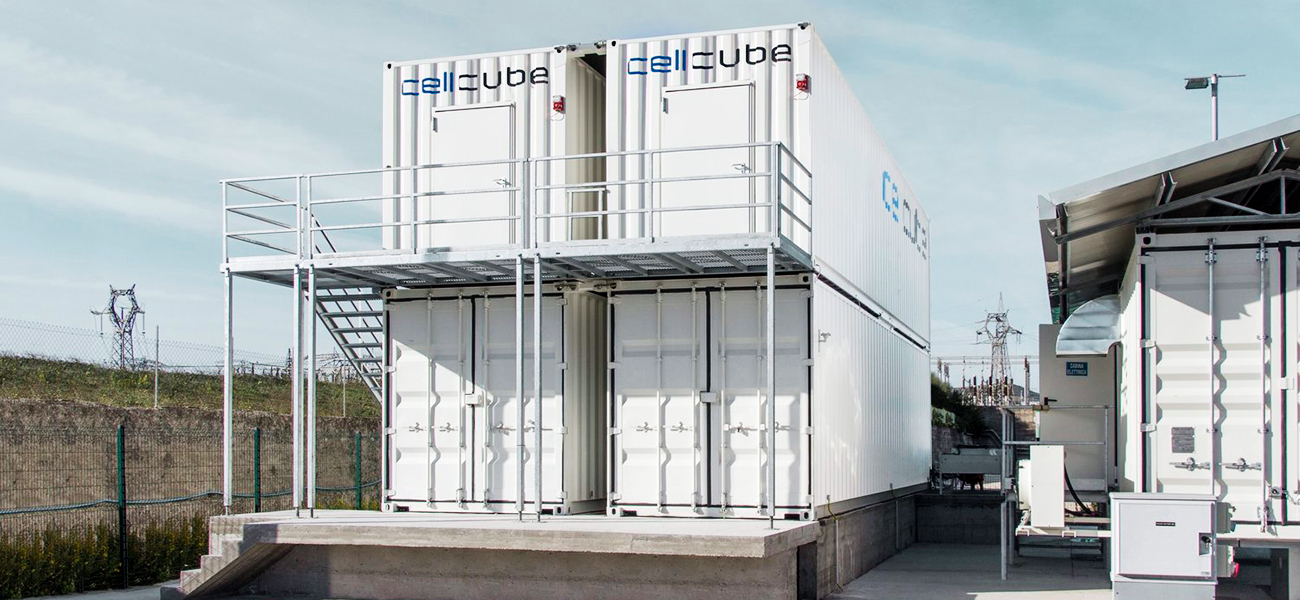
Standalone BESS solutions can be dynamically sized to suit any long-duration storage requirement – typically sized from 100 kW / 400 kWh to 40 MW / 160 MWh.
Standalone solutions are usually made up of multiple containerised units and can stand in any convenient location within, or even outside of, a customer’s existing plant. Bushveld Energy has worked with most of the suppliers of containerised solutions and can identify the correct supplier for your specific application or location.
Standalone BESS are charged using grid energy, whenever it is available, although ideally during off-peak periods, when electricity prices are low. They are then discharged either when power is not available from the grid, such as power cuts or outages, or during peak charge periods to take advantage of the economics of load shifting.
Customers can start with relatively small systems, such as 1 MW / 4 MWh, and once they see the benefits provided can gradually expand their facility. This expansion can ideally be suited to their budget or cashflow and can be justified on the basis of actual savings being observed on the ground.
A 1 MW / 4 MWh system would consist of 10 off 40’ containers, so as systems become larger (over 10 MW / 40 MWh) consideration should be given to bespoke systems located in purpose built buildings. Existing standalone systems can then be moved to an alternative location.
Commercial & Industrial
A BESS system for commercial and industrial applications is typically connected behind the meter and aimed at reducing a customer’s electricity bill through demand side management, load shifting and renewables integration.
These systems are ideal for multiple use cases, which are stacked and have numerous added benefits such as increased reliability and power quality, as well as load shift capability.
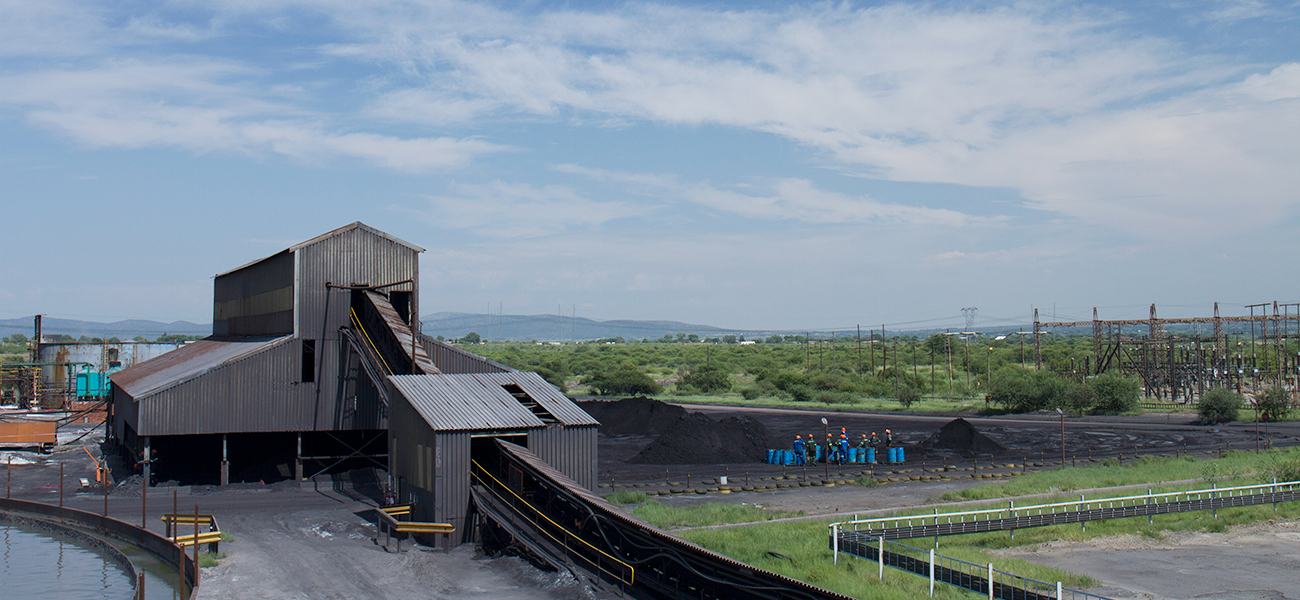
BESS are either comprised of multiple smaller modules or containerised systems built up to achieve specific power and energy requirements.
One of the major advantages of vanadium redox flow battery systems is their flexibility in terms of decoupling the power and energy modules.
These systems can be adapted to provide four, six, eight or even more hours of storage, at the rated nominal power output.
Containerised modules can be built up to make a larger system, with a typical C&I unit being either 100 kW / 400 kWh or 500 kW / 2 MWh.
Isolated Sites
Throughout developing countries, diesel generators are used to power communities and mines. Compared to other sources of electricity supply, diesel generators have low capital costs and generate electricity on demand, but have very high operating costs – especially when run at variable loads.
Where clients do not have land on which to build a solar plant, a standalone BESS can be interfaced with existing diesel generators to reduce fuel consumption and run-time.
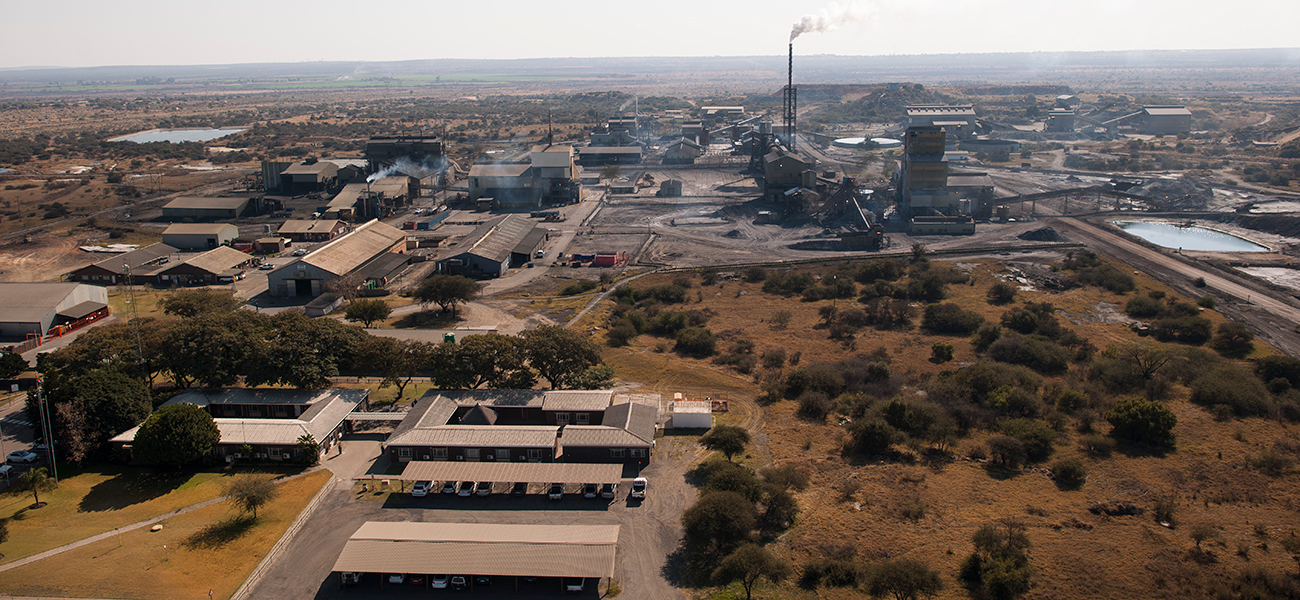
The diesel generators are operated at their optimum output, which improves both fuel consumption and maintenance requirements. Any excess energy produced is absorbed in the BESS and any shortfall of demand is provided from the BESS. This can be particularly beneficial when the operation is using a one or two shift system, as, with proper planning and sizing, the diesel generators can be shut down entirely for the night-time low demand period. This can allow routine maintenance to be carried out, or improved living conditions for staff
The direct savings in diesel consumption and maintenance will more than pay for the BESS, over the 20 year lifetime of the battery. However, additional incidental benefits will accrue to the end user, as a result of the use of energy storage, such as voltage stabilisation, frequency regulation, power factor correction (leading to improved diesel power outputs) and many of other 40+ value streams identified.
Independent Producers
Traditional independent power producers (IPPs) can only produce energy when the wind blows or the sun shines, and are thus dependent on the weather conditions. As winds gust and solar intensity varies with cloud cover, the output from IPPs is variable, by anything up to 75%.
By adding energy storage to the wind or solar farm, this variability can be smoothed out. By adding long term storage, the output can also be time-shifted, becoming a dispatchable output. This is far more valuable to a utility than non-dispatchable output that is a function of the available resources.
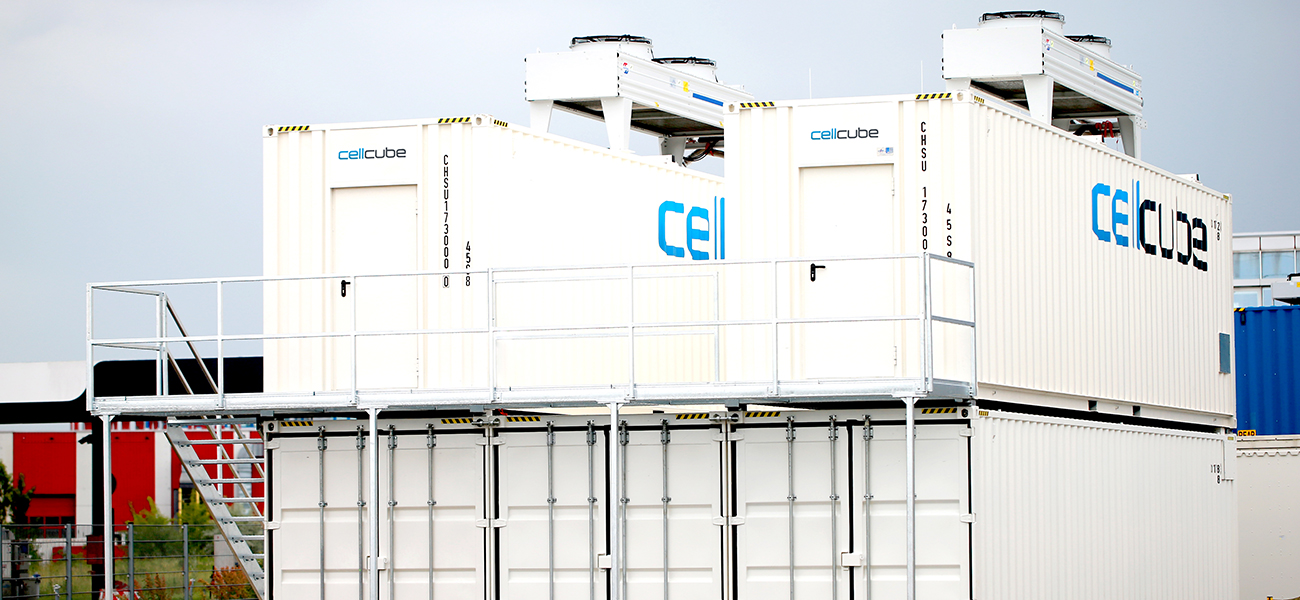
VRFBs are particularly suited to IPP applications, as they can achieve both the short duration load leveling and the long duration dispatchability requirements. In addition, VRFBs are capable of providing power quality improvements and other ancillary services to the IPP and thereby to the grid operator.
Often IPPs are constrained by the transmission capacity of outgoing transmission lines, so that part of their output must be spilled. This excess energy can be stored in BESSs for later transmission when current output is lower and capacity exists on the line.
Sizes and applications of BESSs vary on an individual basis. System design and location are critical to the successful deployment of large scale standalone energy storage systems.
Utility
Standalone containerised energy storage systems would be considered small applications by utilities, but the advantage of such systems is that they can be added incrementally. In addition to load shifting benefits, utilities also see reduced emergency peak generation (from OCGT) as a result of installing BESSs into the grid. However, specific problems on heavily loaded transmission and distribution lines can also be alleviated.
Transmission upgrades involve forecasting future demand, which may or may not emerge. Lines have to be increased in incremental steps, with attendant large infrastructure investments. The use of standalone storage at sub-stations or at large loads on a particular line can relieve line congestion, either temporarily or permanently. Congestion generally only occurs during peak consumption periods. Injecting stored energy at these times and recharging the batteries during low consumption periods relieves the congestion on the line – thereby removing the need for transmission upgrades, reducing transmission losses, stabilising end user voltages and eliminating other power quality issues.
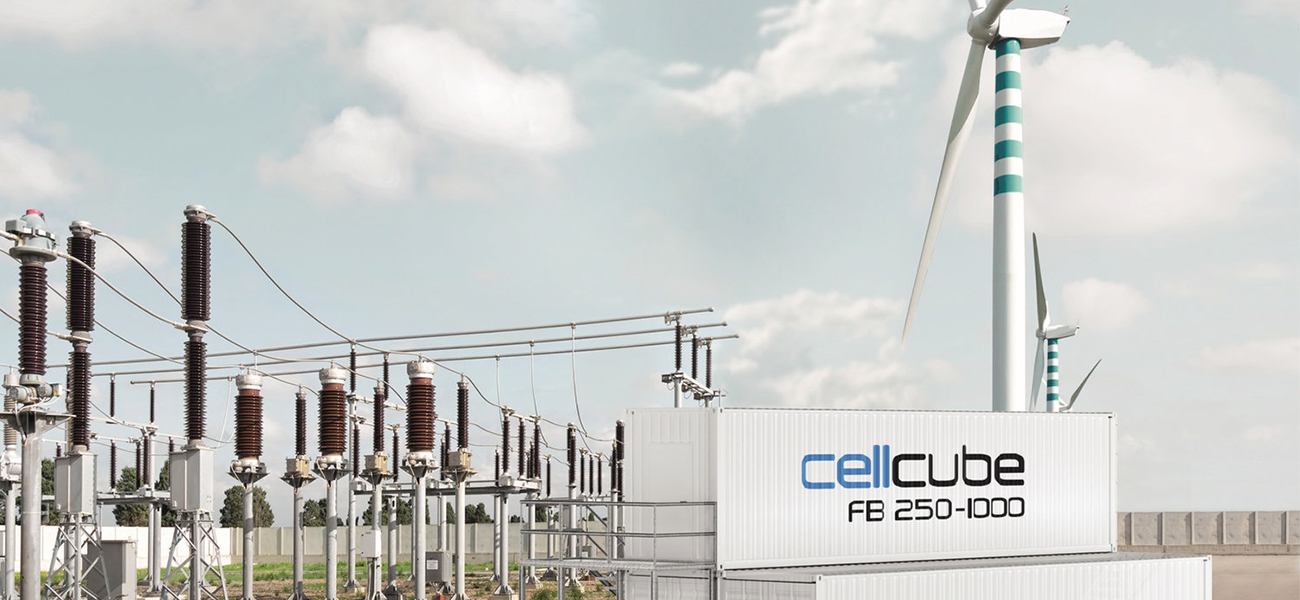
Storage can be installed incrementally, until the line is reaching full capacity at all times of the day, when upgrades will be needed, but against a known, and certain load profile. The temporary line deferral equipment can then be moved to another location.
The multiple value streams of such a BESS installation, and the incremental nature of such installations, often make a compelling business case for utilities to use long duration and long life VRFBs.
Bespoke Solutions
Bespoke solutions are the largest BESSs – typically over 20 MW / 100 MWh, either built into existing buildings or in purpose built “storage stations”. Typical examples of such storage stations are the 15 MW / 60 MWh system built by Sumitomo in Japan, or the 200 MW / 800 MWh systems under construction by RKPI and VRB Energy in China.
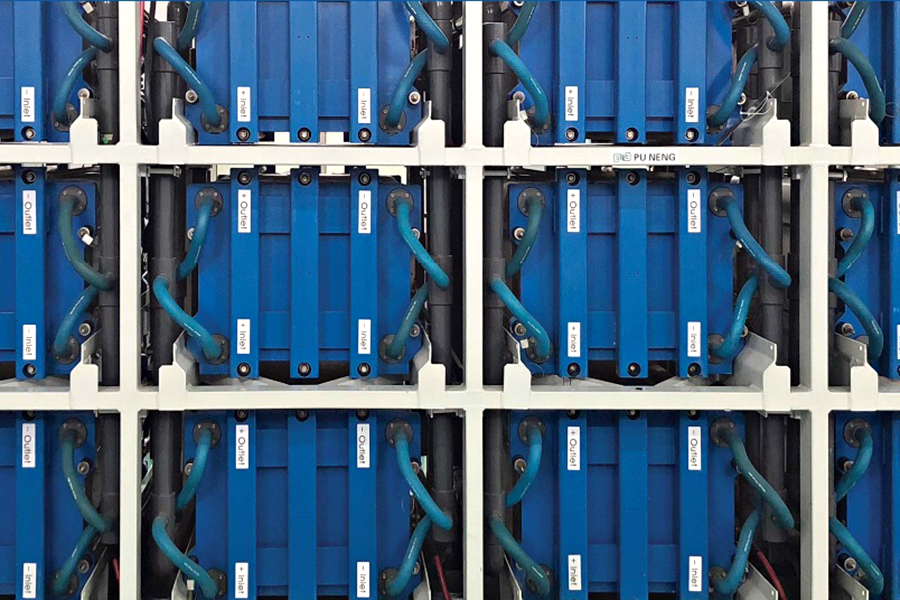
Should your needs be of this very large size, we'll manage the initial designs and costings locally, with final design, warranty and pricing coming from a joint venture with the OEM, so that local content is maximised.
Clients for such bespoke systems, which show significant economies of scale, would typically be large mines, power utilities (particularly for re-purposing mothballed and disused former power stations) and other large energy users.
Bespoke systems can even be coupled with very large pumped hydro storage to provide rapid response support, from the battery system, whilst the huge energy capacities of the pumped hydro are used for even longer duration storage.
As standalone systems become larger, it may be advantageous, both from an operating and capital cost perspective to consider bespoke systems.
A 20 MW / 80 MWh BESS will consist of over 200 forty-foot containers. At this stage a purpose designed and built storage station can provide a far more elegant solution.
Independent Producers
All the benefits demonstrated above of incorporating a BESS into a new or existing independent power producer (IPP) remain, but as the size increases, economies of scale can be achieved by using bespoke solutions. Bespoke energy storage can be built into an independent power producer project upfront, or can be added, in stages, after the event.
Bushveld Energy is involved with all the bespoke system suppliers, both as vanadium and electrolyte suppliers and co-developers. Specific bespoke systems can be developed for IPPs with a uniquely IPP focused benefit stream, or as joint ventures between IPPs and the transmission provider.
Benefits include being able to reduce peak loading on transmission lines, thereby allowing greater energy transmission throughout the day, and load shifting for additional revenue generation, with energy generated during optimum wind or solar conditions only being despatched at times of peak demand.
Bespoke systems can be large enough to affect the whole grid planning. Many of the benefits may accrue to the utility, who could expect the IPP to pay for the installation. Hence discussions with the both the generation utility and transmission carrier can lead to an improved project. Optimum location of such bespoke energy storage systems is vital to achieving the maximum mutual benefits.
Utility
Many utility applications are so large that they demand bespoke solutions.
Generally, as situations require larger storage solutions, containerised solutions become cumbersome.
Typically, a 20 MW / 80 MWh storage solution will require 200 forty-foot containers. If the storage facility is to be gradually increased this represents an efficient means of achieving an elegant solution.
However, if the required starting outcome is of a similar size, it may be a better option to install a bespoke system from the outset.
Bushveld Energy’s specialised energy storage team can advise you in this regard and can design a specific bespoke solution for your needs.
Bespoke systems can also be increased incrementally, as with any other form of BESS, although the incremental steps are generally large, typically 2 0MW / 80 MWh per system.
